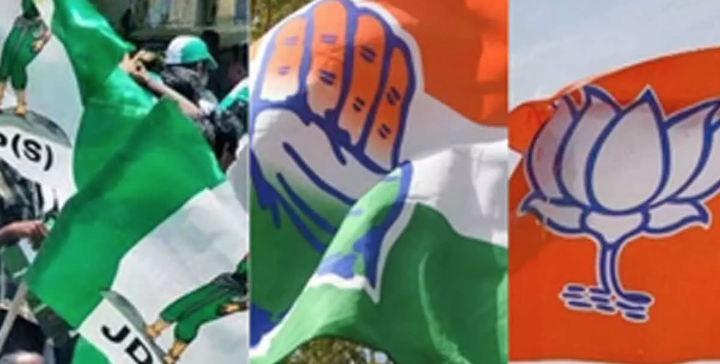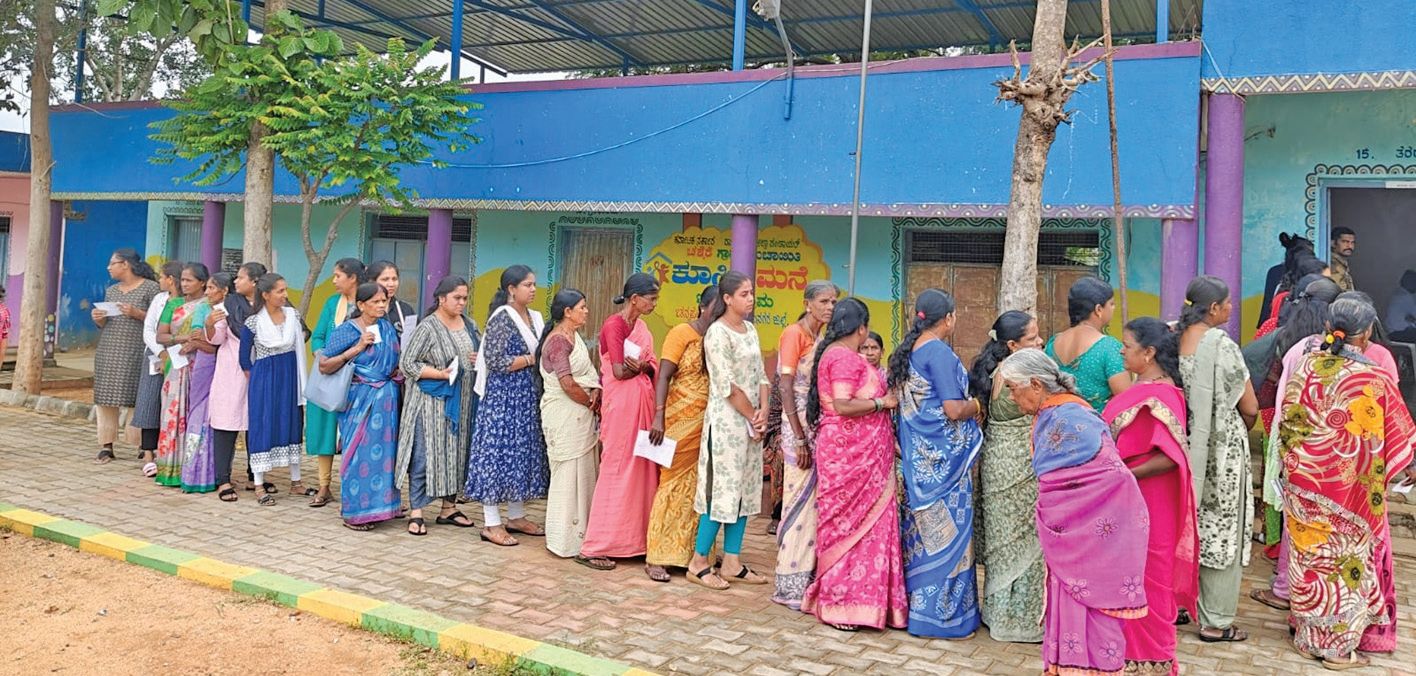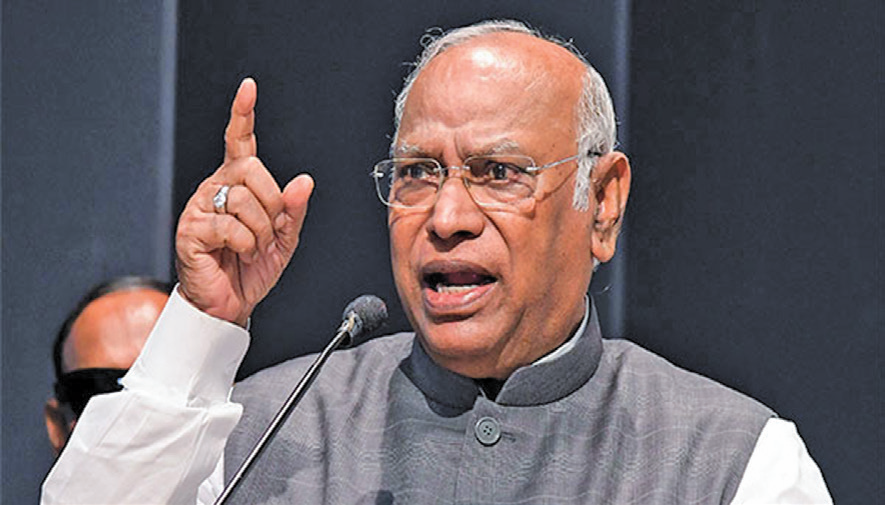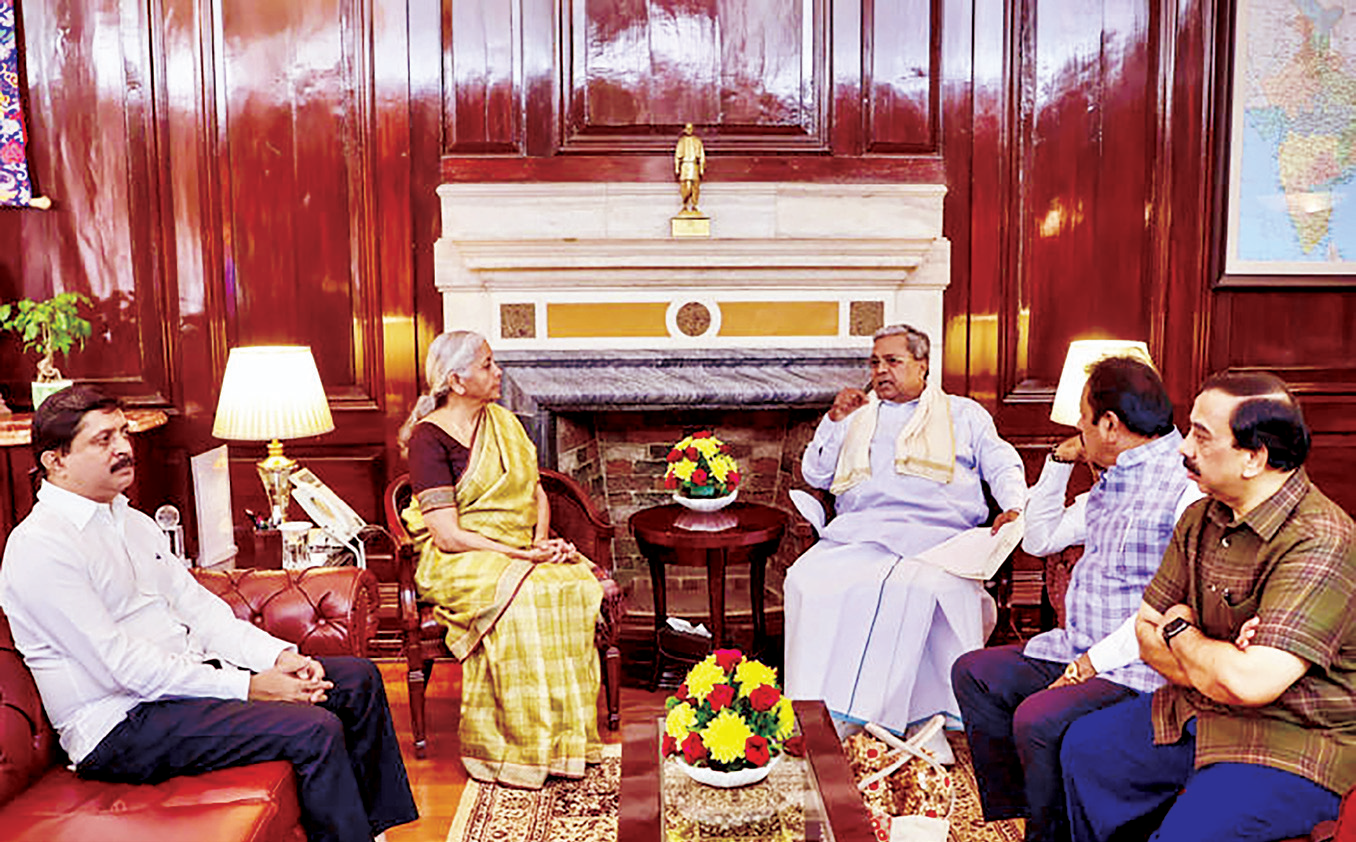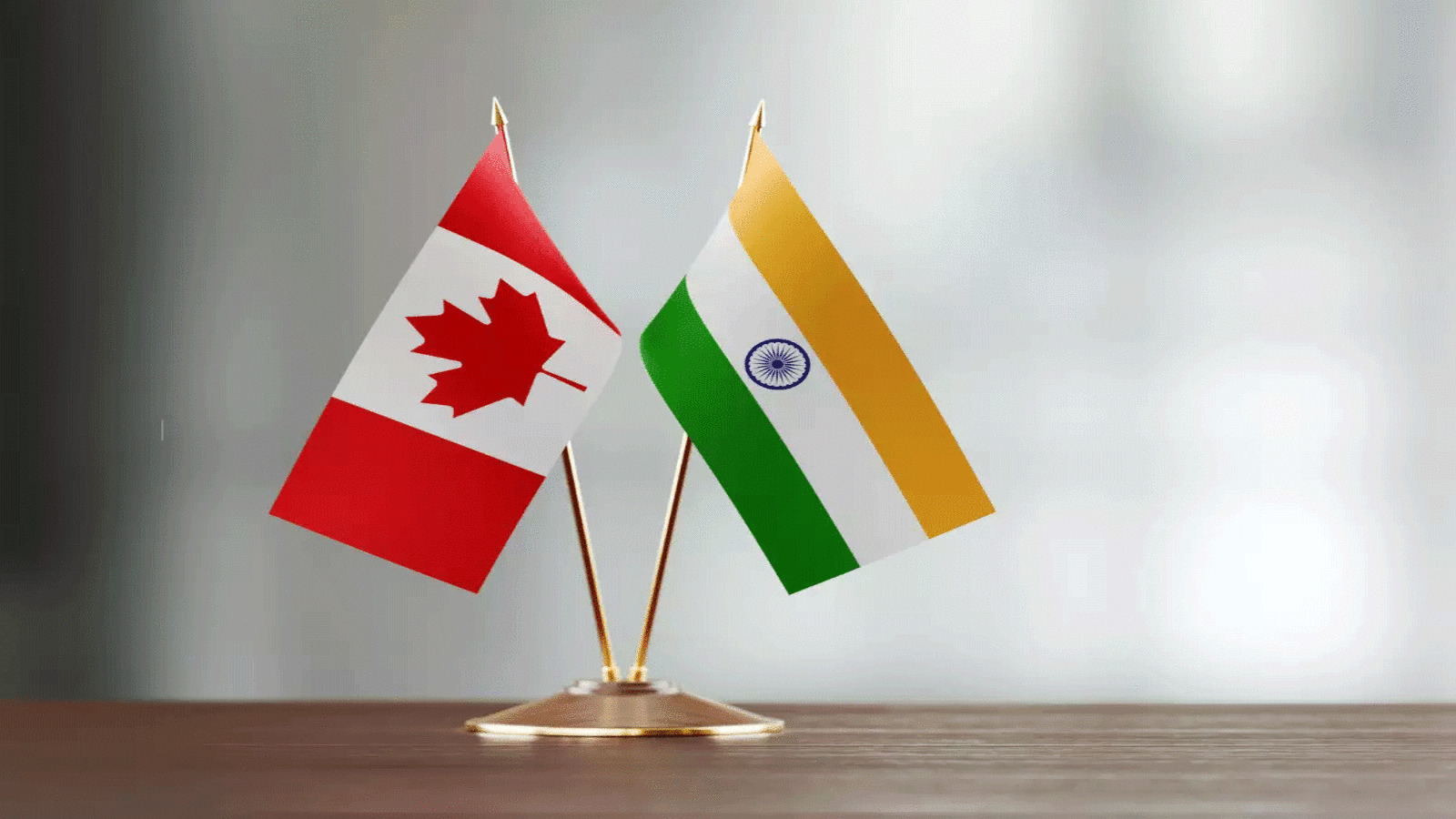
Diplomatic storm: Advantage India
The recent diplomatic tensions between India and Canada, sparked by Canadian Prime Minister Justin Trudeau’s accusations against India regarding the murder of Sikh separatist leader Hardeep Singh Nijjar, have raised concerns about the potential impact on bilateral trade. Despite the political friction, the immediate effect on trade relations appears to be minimal. Bilateral trade between India and Canada has remained relatively stable, with merchandise trade growing slightly from $8.3 billion in 2022-23 to $8.4 billion in 2023-24. India's imports from Canada, which include minerals, pulses, potash, industrial chemicals, and gemstones, increased to $4.6 billion, while exports saw a marginal dip, falling to $3.8 billion.
This stability suggests that, for now, economic ties are resilient to the diplomatic storm brewing in the background. One reason for this resilience is that trade between the two countries primarily occurs at the private sector level, insulated from political noise. Neither India nor Canada has introduced regulations that restrict the flow of goods or services, allowing businesses on both sides to continue their engagements. Additionally, Canadian investments in India, which have totalled over $54 billion, are not expected to change due to the ongoing dispute. However, the long-term impact remains uncertain. Experts caution that if the diplomatic row escalates, it could hinder further economic growth and lead to a cooling of business relations. The uncertainty surrounding the situation may also cause businesses to think twice about expanding trade or investing in new opportunities which is a natural reaction by business houses as they don't wish to take risk at a time when there are too many tensions across the globe.
Moreover, the diplomatic tensions have already led to the suspension of Free Trade Agreement (FTA) talks, which could have facilitated greater economic cooperation between the two nations. While the immediate impact of the diplomatic tensions on India-Canada trade appears limited, the situation remains fluid. Both countries will need to carefully articulate their actions to avoid a full-blown economic fallout and ensure that their economic ties remain strong in the face of political challenges. Trade relations aside, the plummeting diplomatic engagements and Trudeau’s salvoes have raised doubts about the Indian Army’s plan to buy Ontario-produced Stryker armoured vehicles. These vehicles are predominantly used as Infantry combat equipment. This may impact Indian Army’s plan to push these vehicles, manufactured by General Dynamics Land Systems Canada, for use by the Army in forward areas especially on the border with China in Ladakh. This unsavoury row has a potential of taking the wind out of the sails of travellers between the two nations also. Over 7.5 lakh Indians travelled to Canada in 2022 and over 2.8 lakh Canadian travellers came to India in the same year. This has come at a time when India is approaching the peak inbound tourist season.
This friction between the two nations has also thrown another challenge as most affected will be students and their parents. The fear is that the students may face longer processing times for visa application. There can be greater scrutiny for Indian travellers. This is certainly not a welcome sign. Over four lakh Indians are studying in Canada and experts fear a drop of one lakh in the coming year. Industry expects more Indian students may opt for Eastern Europe and this is a loss for Canada. Also, the process for Indian professionals seeking work permits can become more complex and stringent. Amid these diplomatic tensions, India has the ability to withstand any impact as there are ample opportunities for Indian businesses and students abroad. According to industry experts, the western world is waiting in the wings with opportunities worth $3 trillion chasing India. So, it’s Advantage India if things do not work out with Canada.
 English daily published in Bengaluru & Doha
English daily published in Bengaluru & Doha

